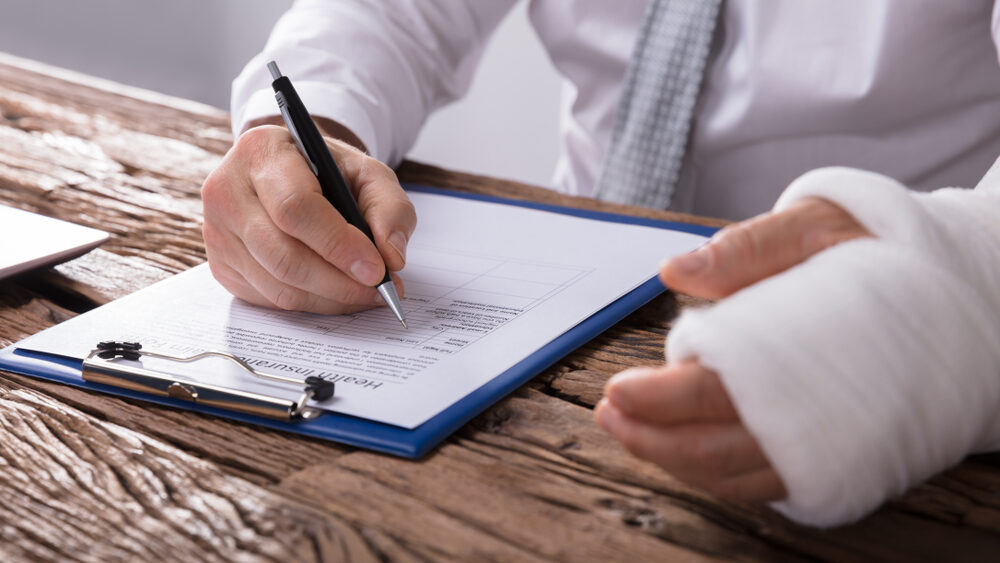Various Factors Affect the Value of a Car Accident Claim in Palm Beach County, Broward County, and Across South Florida
When you’ve been injured or suffered property damage in a car accident in South Florida that was caused by another negligent or reckless motorist, you may wonder about what kind of compensation you may be entitled to in a car accident claim against the at-fault driver. If you’re asking “how much is my car accident worth in Florida?” it’s important to remember that although every car accident is different, the value of a car accident claim, or the money that the injured accident victim is likely to receive in their claim for compensation, may depend on various factors, including the underlying facts and circumstances of the crash, the severity of your injuries and how your injuries have affected your life, how the at-fault driver’s insurance company values your case, and how a jury might value your case and award you compensation.
An experienced car accident attorney can review the details of your case and help you understand what your car accident claim might be worth. If you have more questions about what your car accident claim might be worth, reach out to Gonzalez & Cartwright, P.A. for a free case evaluation to speak to one of our experienced personal injury lawyers about the details of your case.
How Are Auto Accident Claims Calculated?

The value of your car accident claim will include compensation for various losses that you may have suffered due to the accident, such as:
- Costs of medical treatment
- Lost wages and earning potential
- Pain and suffering
- Lost quality of life
- Vehicle and other property damage
Calculating the value of your car accident claim begins with reviewing your actual incurred expenses and reasonably expected future expenses, including medical bills, vehicle repair invoices, and lost income due to missed work based on your pre-accident income. In addition to your actual financial losses, the value of your car accident claim will include amounts for “pain and suffering” or “loss of quality or enjoyment of life”. These losses arise from physical and emotional anguish and distress caused by your injuries, and the impacts that your injuries have had on your daily living, including affecting your ability to work or to participate in activities you previously enjoyed or leaving you with physical scarring or disfigurement.
In many cases, insurance companies use their own in-house formulas, based on various factors in your car accident claims, to arrive at a determination of the value of your pain and suffering losses. Typically, this number will be far lower than the number proposed by your attorney. That’s why, as a final factor, parties must also consider how a jury might value a car accident claim since if the parties cannot reach a settlement, the jury will be the ultimate decider.
Gonzalez & Cartwright, P.A. Can Help You Determine The Value of Your South Florida Car Accident
At Gonzalez & Cartwright, P.A., our experienced car accident attorneys can provide you with honest, straightforward advice about what your claim might be worth and whether we can help you maximize the value of your claim. One of the most important first steps in ensuring you receive fair and full compensation is to seek prompt medical attention after a car accident. In the days and weeks following an accident, you may not fully realize the extent of your injuries. You may later learn that you require extensive medical treatment; if you’ve already accepted a settlement from the insurance company, you cannot go back to demand more money. You should also avoid giving any official statements to the insurance company, and you shouldn’t sign any documents presented by an insurance adjuster until you’ve had them reviewed by a knowledgeable attorney.
Our firm can handle your case from day one, protecting your rights and interests when dealing with insurance companies. We’ll make sure that you’ve been treated and know the full extent of your injuries so that we can determine what your case is worth and begin aggressively negotiating with insurance adjusters to try to reach a settlement that provides you with fair and full compensation.
Contact Our Firm for a Free Consultation
After you’ve been injured in a car accident, you deserve to seek financial compensation for your expenses and losses. Contact Gonzalez & Cartwright, P.A. today for a free, no-obligation case review to discuss your car accident claim with one of our knowledgeable South Florida car accident lawyers and learn more about what your case may be worth and what financial compensation you may be entitled to.
Frequently Asked Questions About The Value of a Car Accident Claim in South Florida
You shouldn’t accept a settlement from the insurance company without speaking to a car accident attorney, especially if you receive a settlement offer right after your car accident. The insurance company will be trying to get you to accept a settlement that is far lower than your case is worth, usually by offering you money before you’ve had a chance to determine how badly you’ve been injured or what kind of losses you have and will incur. A car accident lawyer can review your case and any settlement offer you receive to advise you whether a settlement offer represents fair and full compensation or whether you might be able to negotiate for a better settlement.
In most cases, a settlement offer will be less than the maximum amount of compensation you might receive if you took your car accident claim to trial. This lower amount reflects the risk that, if you take your claim to trial, you might end up losing and receiving nothing, or may end up receiving far less from the jury. However, filing a lawsuit in court in your car accident claim often has the effect of putting pressure on the other side since they obviously face the risk that you might win your case.